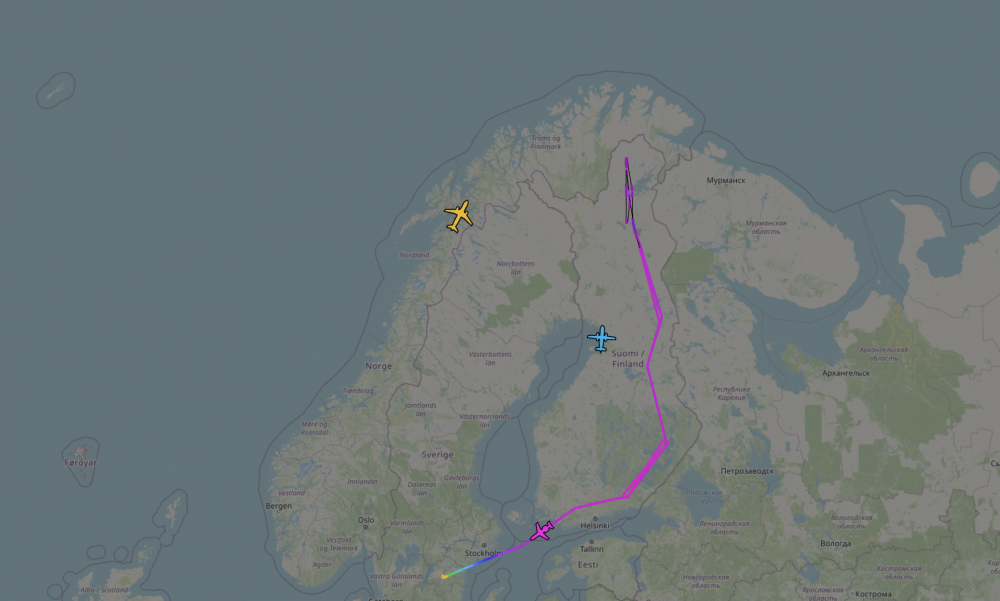“We need a totally new Russia strategy. My advice is for Norway to scrap both the base policy and self-imposed restrictions,” former Chief of the Joint Headquarters, Lieutenant General Rune Jakobsen said in a debate at Arendalsuka last week, as reported by VG.
“We need to send stronger signals to Russia, to avoid being exposed to hybrid operations in an area where we are very vulnerable,” he said.
Set during the Cold War, the regulations were aimed at not provoking the Soviet Union, which based its fleet of nuclear submarines on the coast of the Kola Peninsula from the early 1960s. For Norway, in those days the only NATO member in Europe with a direct land border with the USSR, the guiding policy was to balance between deterrence and reassurance. NATO membership is the pillar of deterrence and limited military and allied operations near the eastern border are the reassurance. […]
On Tuesday, August 22, both the US Air Force and NATO partner Sweden were in the skies to collect signal intelligence from Russia’s Kola region. Swedish Air Force dispatched one of its Gulfstream S102B Korpen electronic intelligence (ELINT) aircraft to a flight along Finland’s border with Russia all north to Lake Inari.

Simultaneously as the plane circled several rounds briefly west of the Russian border, a US Air Force RC-135W Rivet Joint took off from the United Kingdom and headed north where it in the late afternoon collected Russian signals from international air space over the Barents Sea north of the Kola Peninsula and east towards Novaya Zemlya.
None of the planes, however, entered Norwegian air space over eastern Finnmark, the border region now in question for lifting self-imposed restrictions. […]
Norway, though, has over the years softened its self-imposed military restrictions, also in regards to allied flights. As a founding member of NATO in 1949, Norway did not allow allied military aircraft at all to fly beyond 68 degrees North. That restriction was altered in a decade later when a non-fly regime East of 24 degrees became the new norm. That is the air space east of the Porsanger fjord. […]
“The restriction line is now 28 degrees East (the Tana fjord) and only a hard line for allied fighter aircraft. Foreign military helicopters plus passenger- and transport aircraft can fly over the entire Finnmark region as long as they follow the regime set in place by the Norwegian Air Force.” Läs artikel
